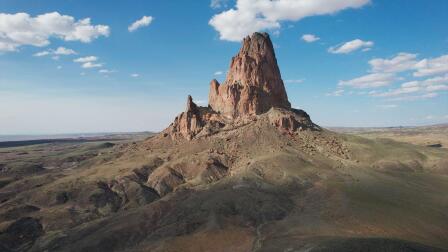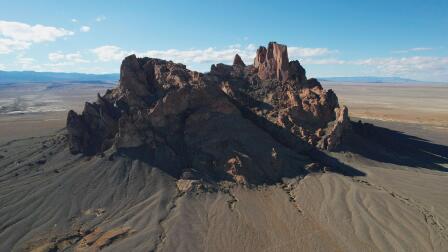
Access to this video is a benefit for members through PBS Passport.
Back to Show
In the America's with David Yetman
Wrangell-St. Elias National Park: Wilderness of Ice, Salmon, and Human History
Season 9
Episode 904
It’s our largest national park—larger than New England--and one-third of it is ice. One glacier is 137 miles long. The park contains active volcanoes. Its rivers of icemelt are home to salmon runs that have supported native peoples for thousands of years. Yet the glaciers are melting, and forests are drying. The park has become an enormously important natural laboratory.
Support Provided By

26:46
Exploring Huelva, its surroundings and its wealth of cultural and historical influences.

26:46
The falling water levels of Lake Powell reveal fragments of ancient peoples.

26:46
Protecting whales and cultivating the friendship between people and the gentle giants.

26:46
Exploring a once booming tourist mecca that is now a nearly dead body of water.

26:46
Conservation groups work for the ideal habitat for jaguars, mountain lions and ocelots

26:46
The natural monuments that define the territories of native peoples in New Mexico.

26:46
Explore how southwestern U.S. native peoples established the Colorado Plateau.

26:46
Explore the Four Corners portion of the Colorado Plateau.

Unlock with PBS Passport
26:46
Arizona's landscape is the product of millions of years of volcanic explosions.

Unlock with PBS Passport
26:46
Mexico has two Carnival parades like no others in the states of Puebla and Morelos.

Unlock with PBS Passport
26:46
The Butantan Institute in São Paulo houses venomous creatures that protect human lives.

Unlock with PBS Passport
26:46
The arrival of crowds and developers threaten unusual features of Baja California.











